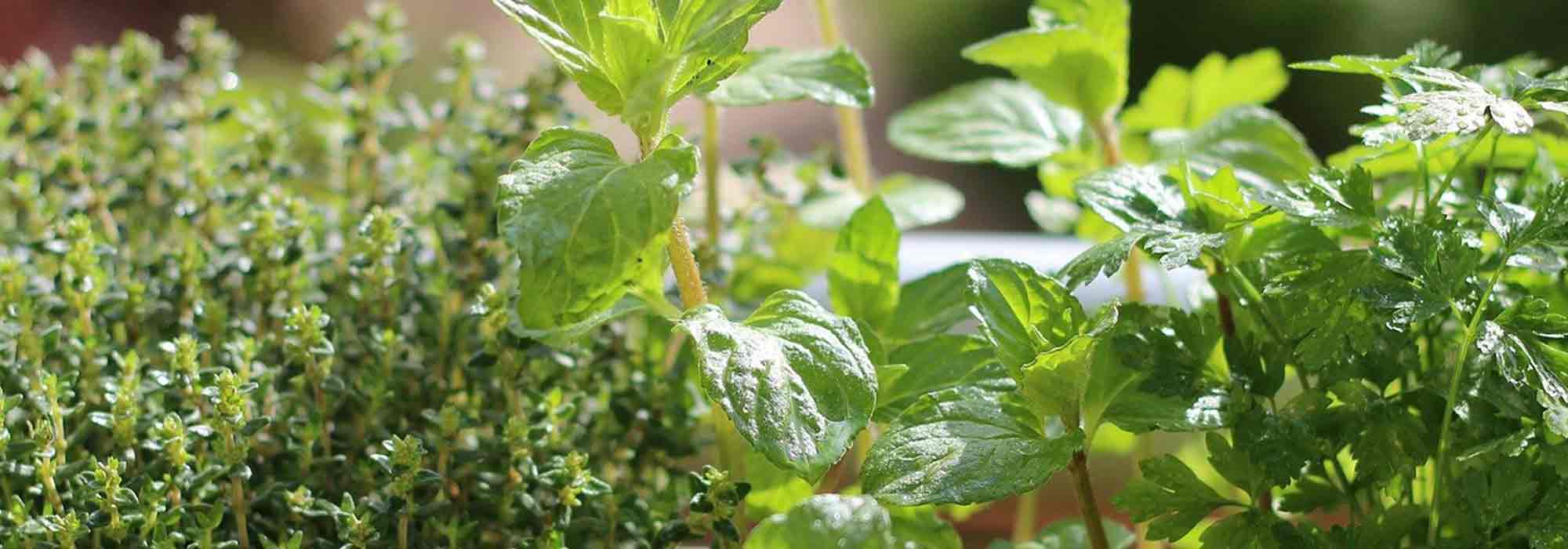
7 essential aromatic plants
Most common and easy to grow
Contents
Essential in vegetable gardens, aromatic plants are as beautiful as they are tasty and fragrant. Most of them also have numerous medicinal uses.
There are thus a multitude of aromatic plants that we unfortunately cannot all grow in the same garden.
Here then is our selection of 7 essential aromatic plants to grow at home!
Mint: an aromatic herb for partial shade
Mint, Mentha, is an herbaceous perennial native to Europe that offers very aromatic green leaves.
To grow mint
Mint is a very easy-to-grow aromatic that particularly appreciates rich, cool soils and part-shaded situations.
Vigorous and particularly invasive via its stolons, it is advisable to grow it in a pot to control its spread.
A thick mulch at the base helps keep the soil cool around mint. It can thrive for three years. After that period, it loses vigour and flavour and should be renewed.
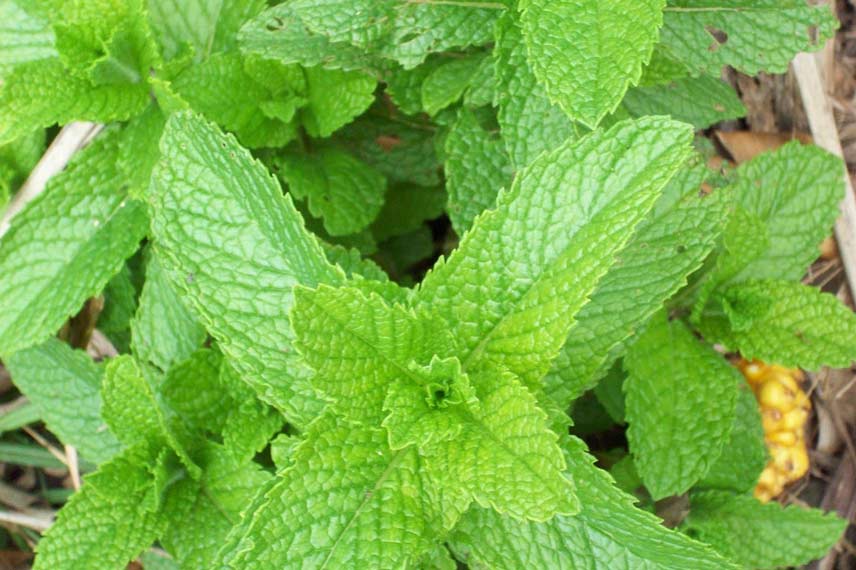
Which variety of mint to choose?
- Opt for a safe choice with the spearmint, the most classic variety in our gardens.
- The peppery scent from the delicate foliage of the peppermint will charm you.
- Choose originality with the chocolate mint and its powerful, indulgent aroma reminiscent of After Eight.
- Variegated leaves and the lemony scent of the lemon mint are always a hit.
→ Discover our range of mints
Thyme: aromatic shrub that requires no maintenance
Thyme, Thymus, is a Mediterranean shrub that produces small grey-green leaves, evergreen and aromatic.
Growing thyme
Very hardy and resilient, the only weakness of thyme is excess moisture. It is therefore grown in full sun, in well-drained, light, dry, chalky soil.
Once established, thyme requires no maintenance, except a light pruning after flowering to encourage denser foliage.
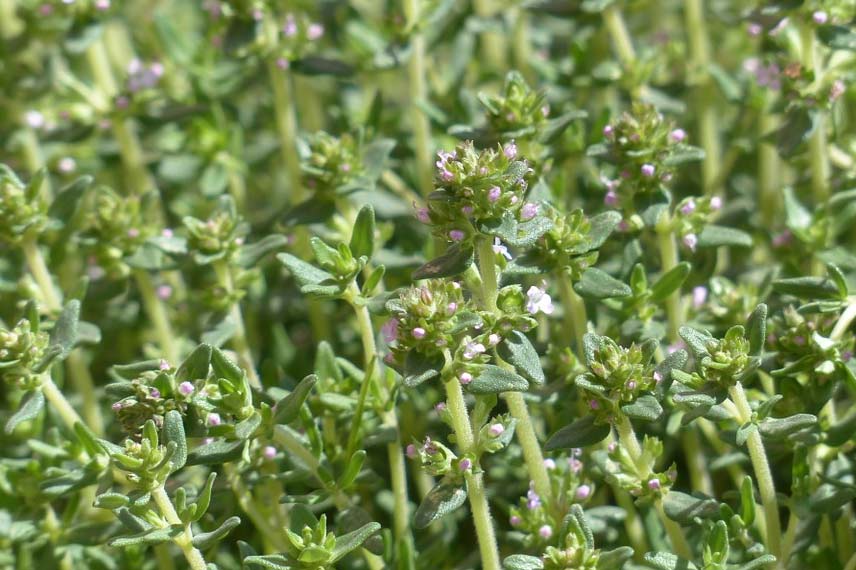
Which thyme variety to choose?
- You cannot go wrong choosing highly fragrant common thyme and its many benefits.
- The compact, lemon-scented foliage of lemon thyme earns it a prime place in your herb bed.
- creeping thyme is an evergreen groundcover as decorative as it is aromatic and will enhance your rockeries.
→ Discover our range of thyme varieties
Discover other Herbs
View all →Available in 0 sizes
Available in 0 sizes
Available in 1 sizes
Available in 1 sizes
Available in 1 sizes
Available in 1 sizes
Available in 1 sizes
Available in 1 sizes
Available in 2 sizes
Chives: a perennial culinary and ornamental plant
Chives, Allium schoenoprasum, is a hardy perennial with bulblets that produces clumps of cylindrical, hollow and tapering leaves. Its mauve flowers are very decorative.
To grow chives
Chives prefer to be grown in a sunny position but without scorching sun, and in rich, friable, light and cool soil. Soil must not contain manure.
Sown in spring, this aromatic plant requires little maintenance apart from occasional watering during dry spells.

Which chive variety to choose?
- Common chives remain the most widely grown by gardeners due to their evergreen foliage and mauve or white flowering.
→ Discover our range of chives and Gwenaëlle’s advice on harvesting and storing chives
Read also
7 exotic aromatic plants easy to growRosemary: Mediterranean shrub of dry, poor soil
Rosemary, Rosmarinus officinalis, is a bushy aromatic shrub native to the Mediterranean basin that produces small lanceolate, stiff leaves.
To grow rosemary
Rosemary prefers sun and dry, poor, well-drained soils. Very hardy, however it does not tolerate humidity. It can easily be grown in a pot.
Once established, rosemary requires no watering or fertilisation. To encourage new leaves, pruning is done after its winter flowering.
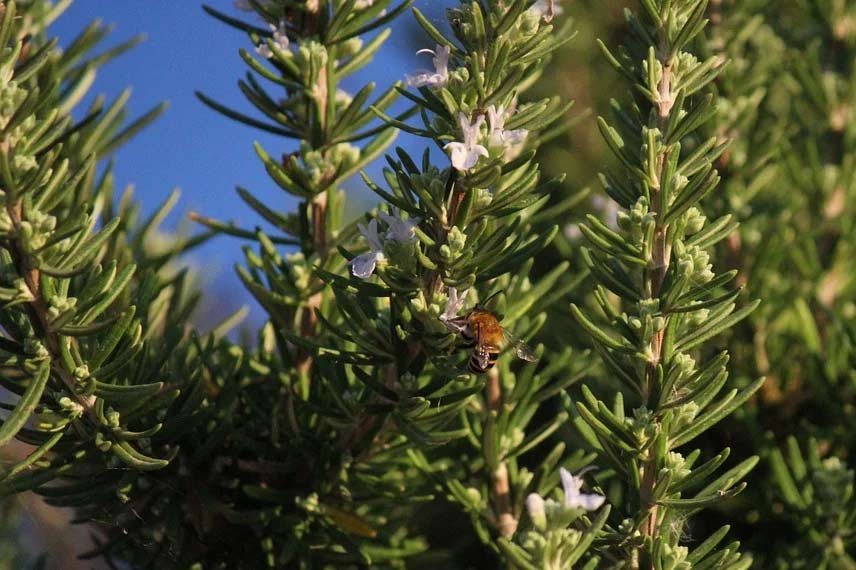
Which variety of rosemary to choose?
- Undemanding, fragrant and with many medicinal properties, the rosemary (Rosmarinus officinalis) will delight you.
→ Discover our range of rosemary varieties
Basil: aromatic herb used since Antiquity
Basil, Ocimum basilicum, originates from India, and it produces very aromatic ovate, rounded and crinkled foliage.
To grow basil
Basil thrives in summer warmth. Frost-tender, it can be grown in a pot and kept indoors or in a conservatory. Planted in open ground, it is then grown as an annual.
Basil requires a light, fertile substrate. As such, it will not develop in compact, waterlogged soil. Watering is necessary in dry weather, along with a layer of mulch to keep it cool. Likewise, avoid scorching locations.
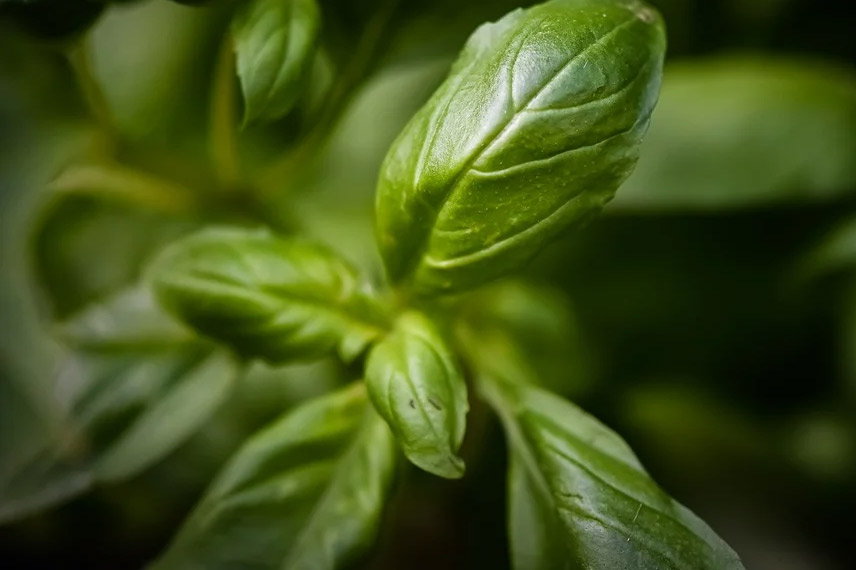
Which variety of basil to choose?
- Most commonly used is the Grand Vert basil, both vigorous and very fragrant.
- For making Genovese pesto, nothing beats the fresh leaves of Genoese basil.
- As for Greek basil, it is a dwarf variety that produces small leaves with very intense aroma and flavour.
→ Discover our complete range of basil varieties
Parsley: a very famous herbaceous plant
Parsley, Petroselinum crispum, is one of the most famous culinary herbs. Herbaceous plant, annual or biennial, the best known are flat-leaved parsley and curly parsley.
To grow parsley
Parsley prefers temperate climates and rich, cool, light, well-worked soil with a tendency to be calcareous. Aromatic plant undemanding, parsley does not, however, like compact, clay soils.
This aromatic herb proves very easy to grow outdoors or in a pot, and offers good hardiness provided its substrate is sufficiently well drained. A winter fleece is, however, necessary in case of very low temperatures.
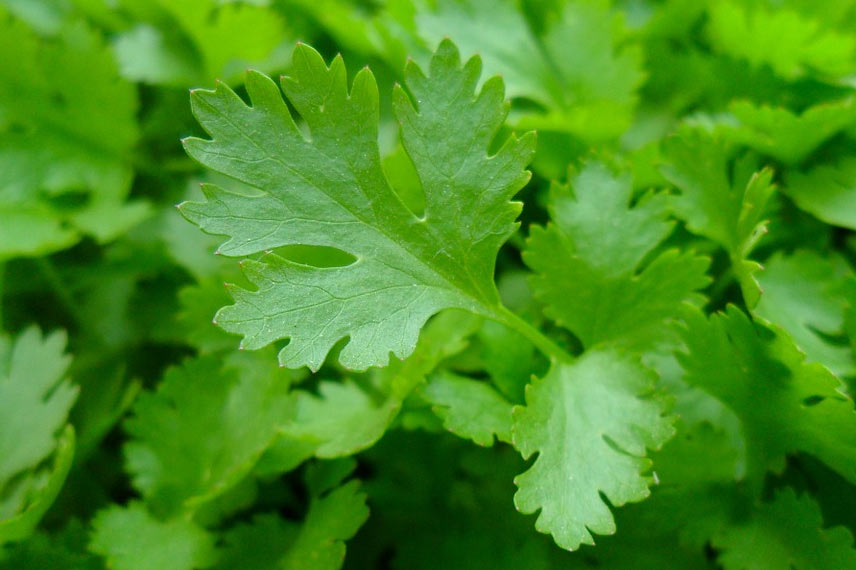
Which variety of parsley to choose?
- Very aromatic, flat-leaved parsley offers an intense flavour and large leaves.
- The flavour of curly parsley is more delicate, and its leaves have ornamental interest.
→ Discover our complete range of parsley varieties
Common sage: a potent aromatic herb with multiple medicinal properties
Sage, salvia officinalis, is a powerful aromatic that forms a small hardy bush with soft grey-green leaves, and purple flowering.
To grow sage
Sage is a hardy plant that sometimes loses leaves in very cold weather, but regrows easily the following spring.
Drought-resistant, this Mediterranean aromatic plant prefers poor, dry, light, calcareous soils. It should be planted in full sun, and only needs light watering during periods of very hot weather.

Which variety of sage to choose?
- Common sage is the most widely grown variety and a reliable choice for your vegetable garden.
- More unusual, sage ‘Purpurascens’ offers purple foliage with ash-grey highlights, also highly aromatic.
- As for sage ‘Berggarten’, besides being aromatic, it can be used as groundcover.
→ Discover our complete range of sages
- Subscribe!
- Contents
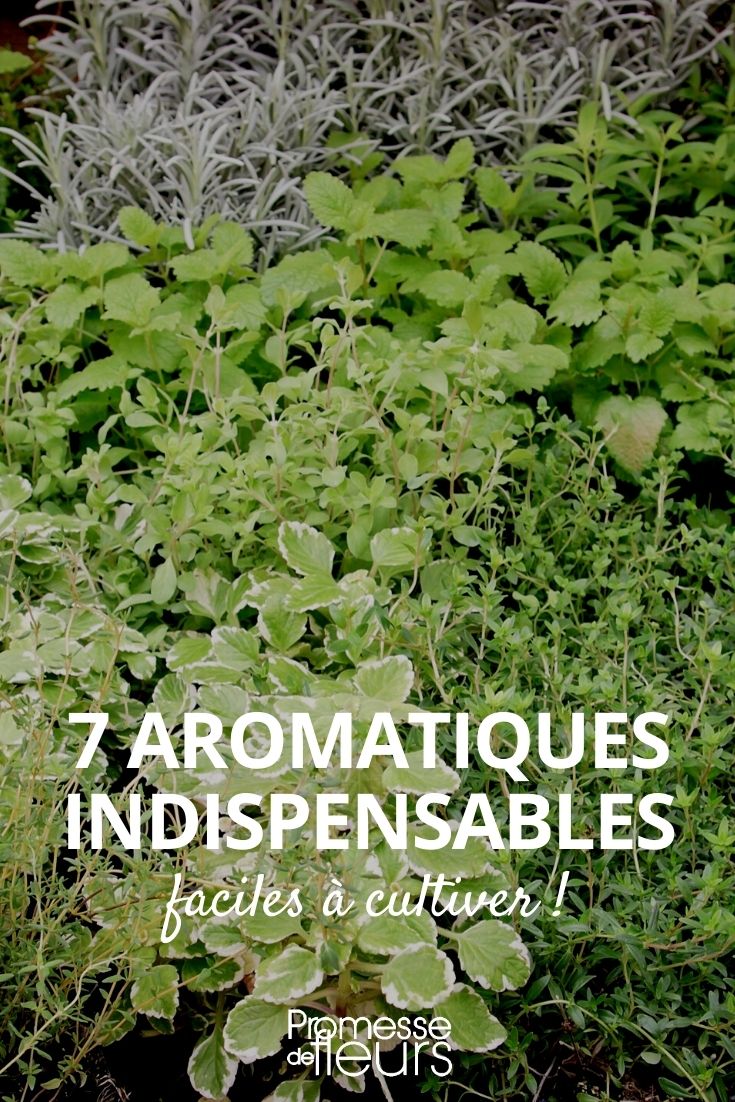






























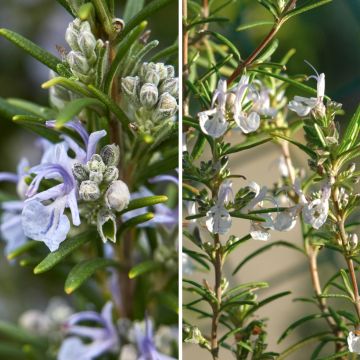
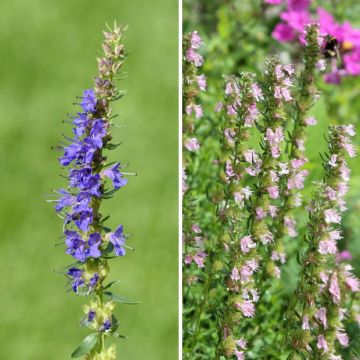
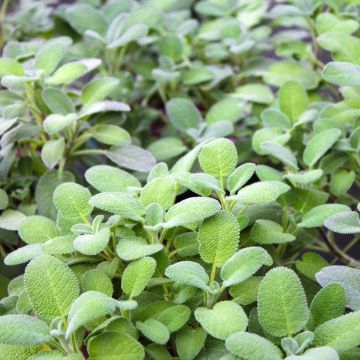
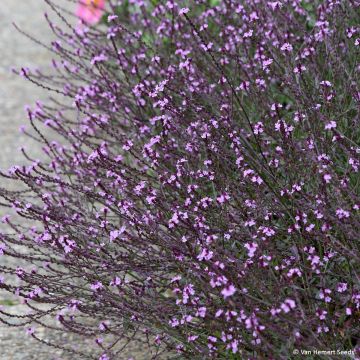
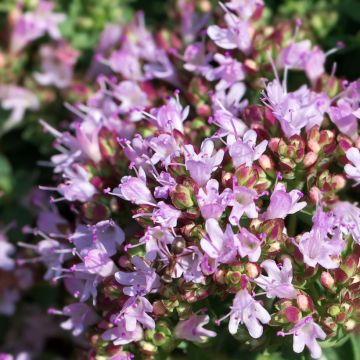
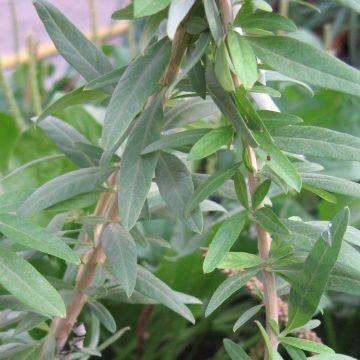
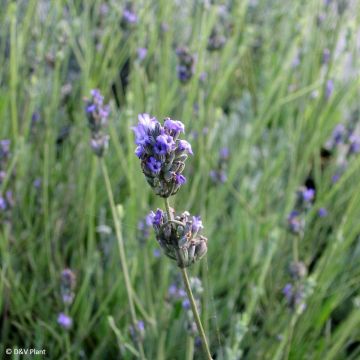
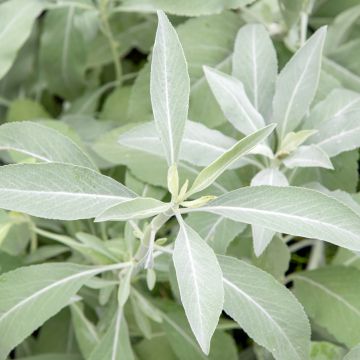
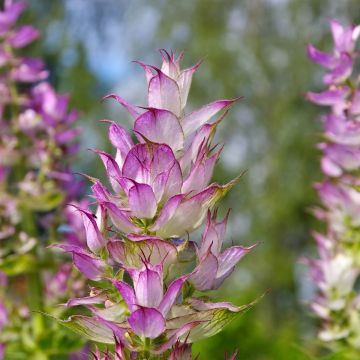
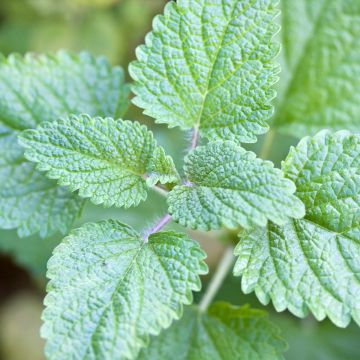
Comments